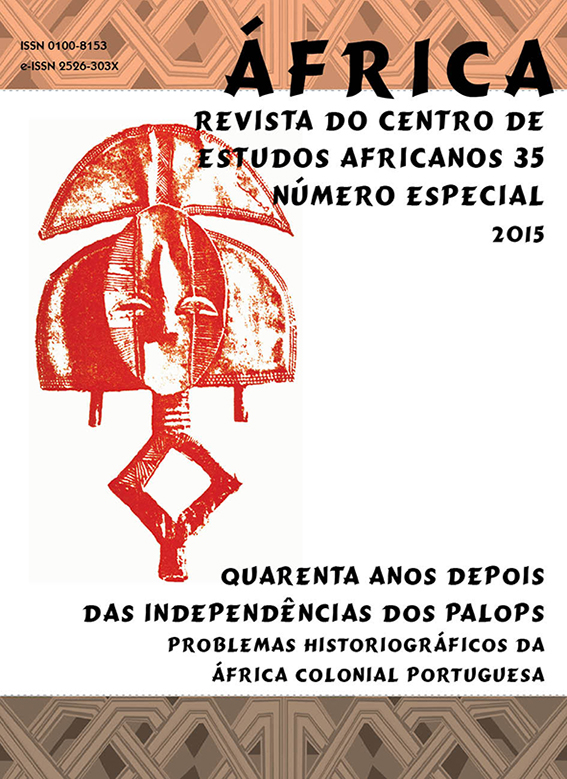Six theses on forced labor in the Portuguese empire of continental Africa
DOI:
https://doi.org/10.11606/issn.2526-303X.v0i35p129-155Palabras clave:
Forced labor. Slavery. Rupture. Articulation of the modes of production. Racism. AssimilationResumen
Forced labor in Portugal’s African colonies during the twentieth century is often generalized in the literature as a “simple continuation” of slavery because the historiography related to the continental territories of Portugal’s third African empire has been overly influenced by the situation of São Tomé e Príncipe, where this “continuation” was the case. This article defends six theses: 1. In Portugal’s continental colonies, the end of the slave trade and the beginning of forced labor did not succeed each other through a regime of transition, but rather of rupture. 2. The introduction of forced labor was not a Portuguese “archaism” but a modern capitalist rupture. 3. Forced labor was able to function only in the framework of an articulation of the modes of production by maintaining a subalternized domestic production, which subsisted thanks to an acute gender oppression. 4. It was not the case of the law promulgated in Portugal being “erroneously applied in the colonies”. 5. This legislation was racist not only in terms of phenotype, but also in its function as a discrimination founded on the sphere of production, defining the exclusion of an entire people. 6. It is this situation that paradoxically nourished the ideology of assimilationDescargas
Los datos de descarga aún no están disponibles.
Descargas
Publicado
2015-02-16
Número
Sección
Artigos
Licencia
A reprodução de qualquer dado, mesmo em resumo, de matéria contida nesta publicação, só será permitida com a citação do nome, número e o ano desta revista.Cómo citar
Six theses on forced labor in the Portuguese empire of continental Africa. África, [S. l.], n. 35, p. 129–155, 2015. DOI: 10.11606/issn.2526-303X.v0i35p129-155. Disponível em: https://revistas.usp.br/africa/article/view/126697.. Acesso em: 17 jul. 2024.





